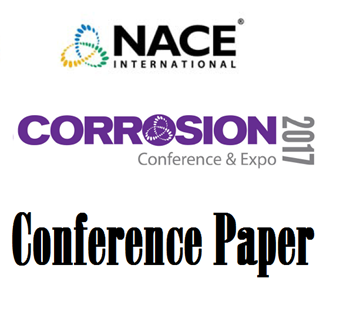Search
Products tagged with 'low-alloy steel'
View as
Sort by
Display
per page
51317--9590-Assessment of Aging Mechanisms for Steels in Spent Nuclear Fuel Dry Storage Systems
Product Number:
51317--9590-SG
ISBN:
9590 2017 CP
Publication Date:
2017
$20.00
Effect Of Chromium Dilution On SCC Growth Rate In Inconel Welds
Product Number:
ED22-17109-SG
Publication Date:
2022
$20.00
Investigation of the Corrosion Performance of Stainless Steel and Low Alloy Steel Sucker Rod Materials in Aggressive Environments
Product Number:
51320-14321-SG
Publication Date:
2020
$20.00



